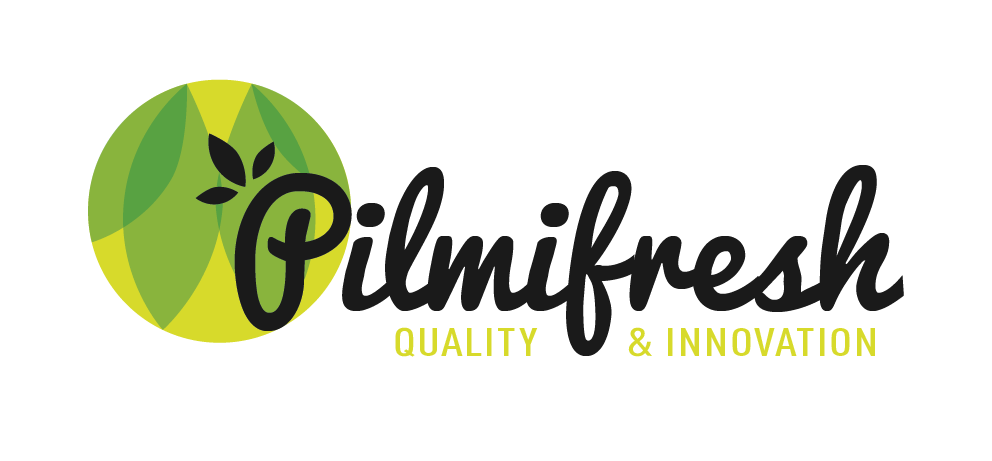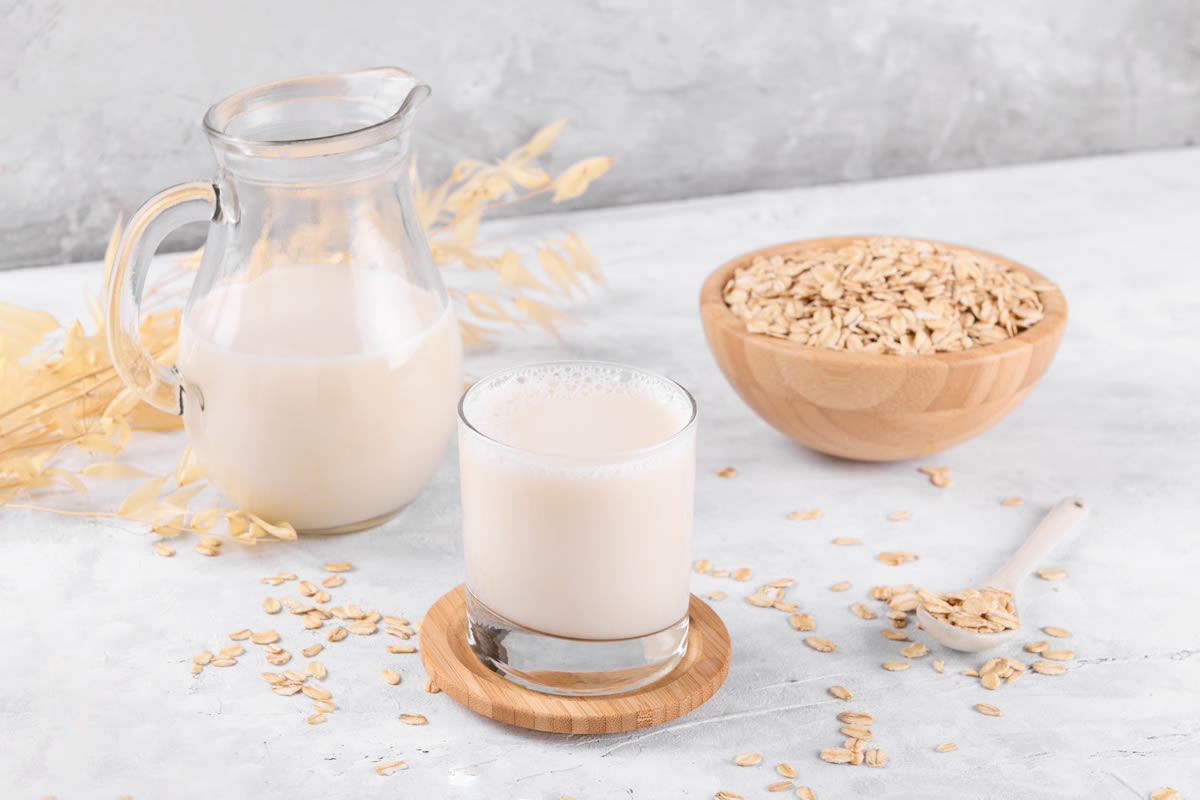Plant-based milk has gained popularity in recent years as a healthy and sustainable alternative to dairy milk. With a variety of options available, such as almond milk, soy milk, oat milk, and coconut milk, many people are interested in understanding how this dairy alternative is produced. In this article, we will explore the process of obtaining plant-based milk, from ingredient selection to the final product.
1. Ingredient Selection
The first step in producing plant-based milk is choosing the ingredients. Depending on the type of plant-based milk you want to obtain, different bases are selected. For example:
- Almond Milk: Uses raw almonds.
- Soy Milk: Uses soybeans.
- Oat Milk: Uses oat flakes.
- Coconut Milk: Uses fresh or dried coconut pulp.
The quality of the ingredients is crucial, as it affects the flavor, texture, and nutritional value of the plant-based milk.
2. Soaking
Once the ingredients have been selected, the next step is soaking. For plant-based milks that use nuts or seeds, such as almond or soy milk, it is necessary to soak them in water for several hours, typically between 8 and 12 hours. This process:
- Hydrates the ingredients, making them easier to blend.
- Helps eliminate antinutrients present in seeds and nuts.
- Improves the flavor and texture of the final milk.
3. Blending
After soaking, the almonds, nuts, or grains are drained and rinsed. They are then placed in a blender with fresh water. The water-to-ingredient ratio may vary depending on the type of plant-based milk desired; generally, a 1:3 ratio (one part ingredients to three parts water) is used.
Blend on high speed until a smooth and creamy mixture is obtained. This process ensures that all nutrients and flavors are extracted from the ingredients.
4. Filtering
Once the mixture is well combined, the next step is filtering. This step is essential to separate the milk from the solid residue, known as “pulp.” To do this, you can use:
- Nut milk bags: Made of cloth, which allow for filtering the mixture.
- Fine mesh strainers: For a coarser filter.
Filtering may require some effort, but the result is a smooth plant-based milk ready to enjoy.
5. Sweetening and Flavoring (Optional)
At this point, the plant-based milk can be sweetened and flavored according to personal taste. Some common options include:
- Sugar or sweeteners: Such as agave syrup or honey.
- Extracts: Such as vanilla or almond.
- Cocoa: To make chocolate milk.
This step is optional and will depend on individual preferences.
6. Pasteurization
To ensure the safety and shelf life of plant-based milk, many brands choose to pasteurize the final product. This process involves heating the milk to a specific temperature for a certain period to eliminate harmful microorganisms. However, some plant-based milks are sold raw and should be consumed quickly.
7. Packaging
Once pasteurized, the plant-based milk is packaged in bottles or cartons. It is important to use suitable packaging that protects the milk from light and oxygen to maintain its freshness and flavor. Some manufacturers opt for sustainable packaging to align with consumer preferences for environmentally friendly options.
8. Storage
Plant-based milk should be stored in the refrigerator and consumed within a reasonable timeframe. Pasteurized versions generally have a longer shelf life than raw ones. It is important to follow the storage instructions on the packaging to ensure the product’s quality.
Benefits of Plant-Based Milk
Plant-based milk offers multiple benefits, such as:
- Alternative to Cow’s Milk: Ideal for people with lactose intolerance or milk protein allergies.
- Low Caloric Content: Many plant-based milks have fewer calories than cow’s milk, making them a popular choice for those looking to lose weight.
- Nutrition: Some plant-based milks are fortified with vitamins and minerals, making them a valuable source of nutrients.
The process of obtaining plant-based milk is simple and accessible, allowing anyone to enjoy this healthy alternative in their diet. From ingredient selection to packaging, each step is important to ensure a delicious and nutritious final product.
If you are interested in trying plant-based milk, consider visiting Pilmifresh to explore our range of juices and concentrates that can complement your healthy lifestyle. Incorporate plant-based milk into your diet and enjoy its many benefits!

